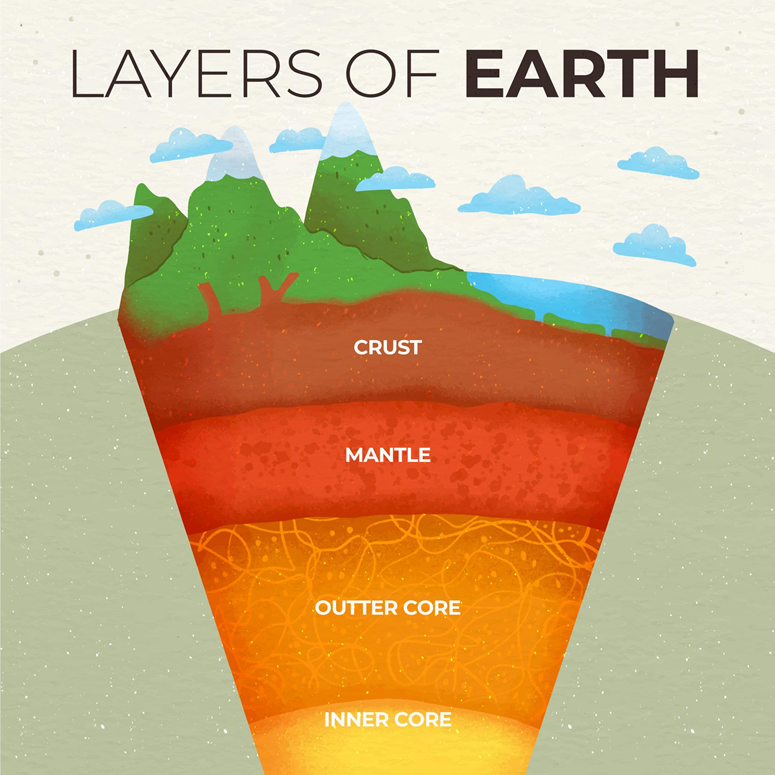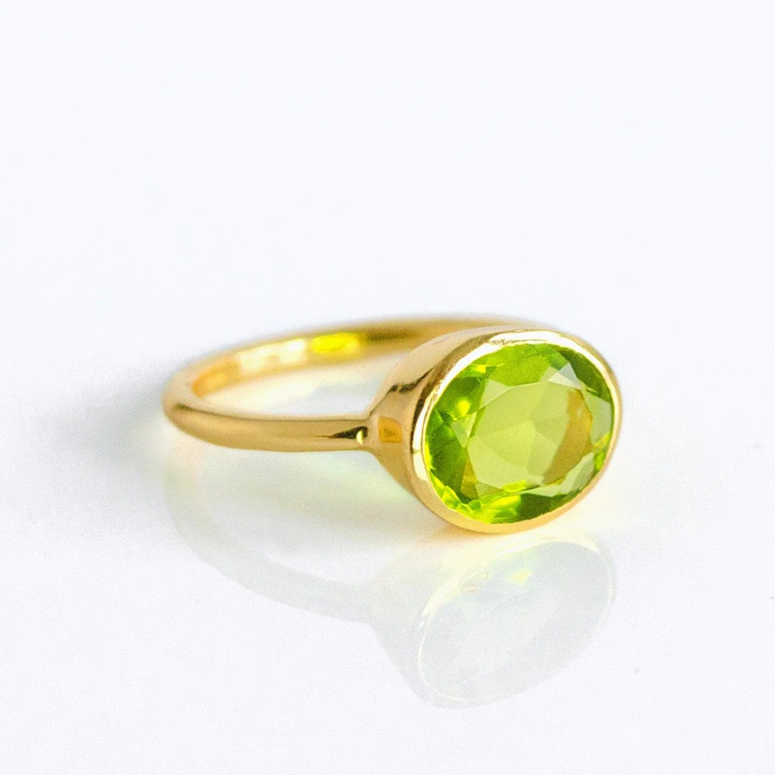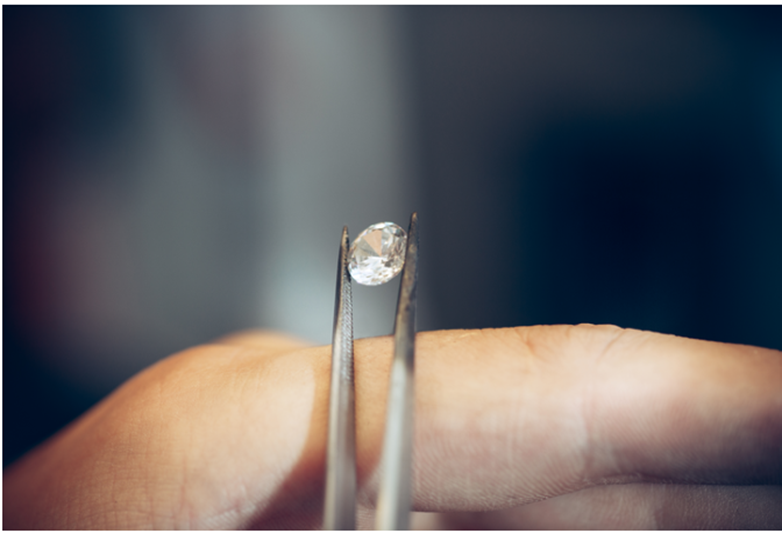Diamonds and aquamarines...two precious stones that are formed in the magma of the Earth, and this is their relationship to meteorites!

Peridot and diamond ring from willwork jewelry
Gemstones are formed in three ways: either they crystallize within the Earth’s mantle layer due to very high temperatures, that is, they are formed from igneous magma, the second method is during the passage of water through the earth and this is called hydrothermal solutions, and the third is through recrystallization of pre-existing minerals during transformation. . In a previous article, we talked about precious stones that are formed by the deposition of water into the lower layers of the earth, such as turquoise, malachite, opal, and lapis lazuli. Now we will provide you with interesting information about how two precious stones were formed by fiery magma, namely diamond and aquamarine.
?First.. Where is the mantle layer located on Earth

An image showing the layers of the Earth, and precious stones are formed in the mantle layer - image from freepik
To simplify the matter, let us recall together the main layers of the Earth: the crust, the mantle, and the core. The mantle is the middle layer of the Earth and consists of rocks and ice, with a thickness of approximately 2,900 kilometers.
Since gemstones are formed in the core of the earth due to geological processes, understanding the nature of rocks helps us understand how gemstones are formed; There are three types of rock formation processes: igneous rocks are formed by heat deep in the earth, metamorphic rocks are formed when conditions of heat and pressure change existing minerals into something new, while sedimentary rocks are formed from sediment deposits.
Today we will talk about igneous rocks that form deep in the earth, and in them there is magma, which is completely or partially molten rock. When the magma cools, elements combine to form minerals. Their nature varies depending on the available components, temperature and pressure. In some cases, they will... A single mineral crystallizes well and is pushed toward the Earth's surface, or it appears over time due to the movement of the continental plates that make up the Earth's surface.
The most prominent examples of gemstones formed in the Earth's mantle are diamonds and aquamarines. It is strange that both of these stones can also exist outside Earth and have been found in meteorites!
Peridot gem formation

A ring with an aquamarine stone from Danique Jewellery
By studying peridot deposits in Arizona, geologists now believe that some of the peridots formed on rocks floating in the mantle, 32 to 89 km below the Earth's surface, and a volcanic eruption brought them close to the Earth's surface. Later, weathering and erosion brought it close enough to the surface and that's how we were able to find it.
Diamond gem formation

Diamond stone - Image from Freepik
Diamonds are composed of free carbon in the form of cubic crystals or their multiples, that is, crystals with eight or twelve faces. The carbon atoms are arranged in the form of compact cubes arranged next to each other and turn into diamonds.
Most diamond stones actually crystallize in magma, and by diamond crystallization we mean that 4 electrons from the carbon atom are able to form very strong single bonds with other atoms to form groups with stronger bonds, and this is known as the diamond crystallization process.

So, diamonds are crystallized in the magma below the Earth's crust, 177 to 241 km below the surface. At this depth, temperatures are higher, and the magma is very liquid. Pure carbon turns into diamonds. This hot, liquid magma can make its way through the crust completely. Faster and more violent than other volcanic eruptions. During this process, lower mantle rocks will be broken down and melted and then carried to the surface.
The process of cooling the magma must take place over a specific period of time. If the magma rises slowly, it is possible that the diamond will not survive, as the change in temperature and pressure may cause it to evaporate or recrystallize in the form of graphite, which is a form of coal. However, if the magma rises too quickly, the diamond will not have time to form. Enough to transform from carbon to diamond.
Huge geological processes and millions of years, this is what it takes to form amazing gemstones in the depths of the earth, and this explains why these two stones and the jewelry studded with them are precious pieces!
Source: websites

